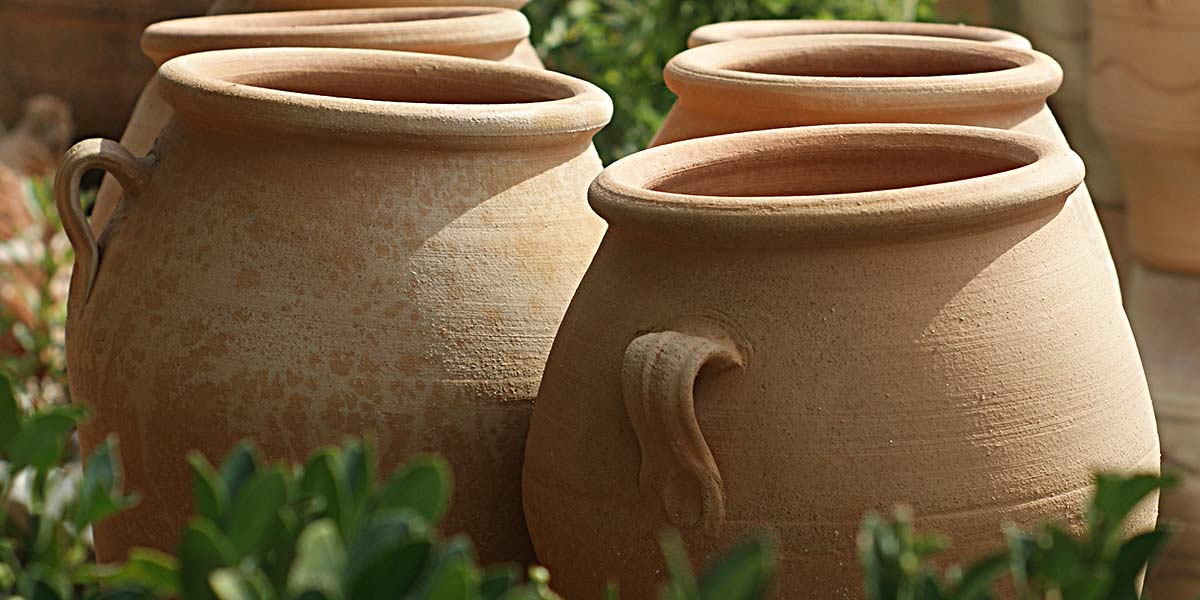Crete, the largest of the Greek islands, is not only known for its stunning landscapes and rich history but also for its remarkable artistic heritage. Among the island’s many cultural treasures, Cretan ceramics hold a special place. These handcrafted pieces reflect centuries of tradition, skill, and creativity, making them a vital part of Crete’s identity. This deep dive into Cretan ceramics explores their historical significance, unique characteristics, and contemporary relevance.
Historical Significance
The history of Cretan ceramics dates back to the Minoan civilization, which flourished around 3000 to 1100 BCE. The Minoans were among the earliest Europeans to develop a sophisticated pottery tradition, producing beautifully decorated vessels and artifacts. Their ceramics, often adorned with intricate patterns and vibrant colors, were used in everyday life as well as in religious and ceremonial contexts.
One of the most famous Minoan pottery styles is the Kamares ware, named after the cave on Mount Ida where it was first discovered. Characterized by its dark background and vivid, abstract designs in red, white, and orange, Kamares ware exemplifies the Minoans’ artistic innovation. Another notable style is the Marine style, featuring naturalistic depictions of sea life, such as octopuses, fish, and shells, reflecting the Minoans’ close connection to the sea.
Unique Characteristics
Cretan ceramics are distinguished by their craftsmanship, creativity, and the use of local materials. The island’s abundant natural resources, including high-quality clay and minerals, have long provided potters with the raw materials needed to create durable and aesthetically pleasing ceramics.
Traditional Cretan pottery techniques have been passed down through generations, preserving the unique styles and methods developed over millennia. One key characteristic of Cretan ceramics is the use of the potter’s wheel, which was introduced during the Minoan period and revolutionized pottery-making on the island. This technique allowed for greater precision and uniformity in shape, enabling potters to experiment with more complex forms and decorations.
The decoration of Cretan ceramics often features motifs inspired by nature, mythology, and everyday life. Floral and geometric patterns, animal figures, and mythological scenes are commonly depicted, showcasing the potters’ artistic skills and their connection to Cretan culture and environment.
Contemporary Relevance
While Cretan ceramics have ancient roots, they remain a vibrant and evolving art form. Contemporary Cretan potters continue to draw inspiration from traditional styles while also incorporating modern influences and techniques. This fusion of old and new keeps the art form alive and relevant in today’s world.
Many modern Cretan potters are based in villages like Margarites and Thrapsano, which are renowned for their pottery traditions. These artists often work in small, family-run studios, using traditional methods to create both functional and decorative pieces. Visitors to these villages can observe potters at work, learning about the process of shaping, firing, and decorating ceramics, and purchase unique, handmade items directly from the artisans.
In addition to traditional pottery, contemporary Cretan ceramics also find expression in modern art and design. Artists experiment with new forms, glazes, and techniques, creating innovative works that reflect both their heritage and contemporary aesthetics. These pieces can be found in galleries and exhibitions, showcasing the dynamic nature of Cretan ceramics.
Cultural and Economic Impact
Cretan ceramics play a significant role in the island’s cultural and economic life. As a symbol of Crete’s artistic heritage, they contribute to the island’s cultural identity and attract visitors interested in art and history. Many tourists seek out Cretan pottery as souvenirs, appreciating its beauty and craftsmanship, which helps support local artisans and the economy.
Educational programs and workshops centered around Cretan ceramics also play an important role in preserving and promoting this art form. These initiatives often involve collaborations between local artisans, schools, and cultural organizations, fostering a new generation of potters and enthusiasts who will continue the tradition.
Conclusion
Cretan ceramics are a testament to the island’s rich artistic heritage, reflecting centuries of tradition, skill, and creativity. From the ancient Minoan period to contemporary practices, Cretan potters have continuously evolved their craft, blending tradition with innovation. The unique characteristics and enduring appeal of Cretan ceramics make them a vital part of the island’s cultural identity and a cherished art form that continues to inspire and captivate. Whether you’re a history enthusiast, an art lover, or simply a curious traveler, exploring the world of Cretan ceramics offers a fascinating glimpse into the heart and soul of Crete.


